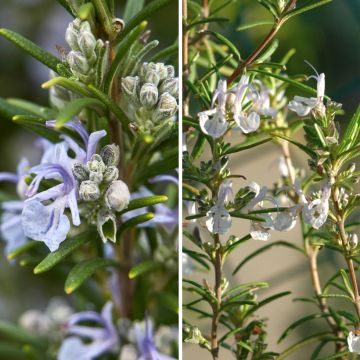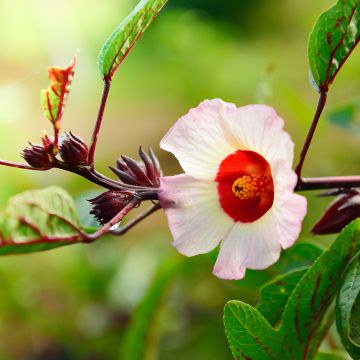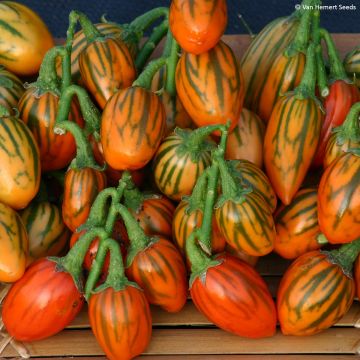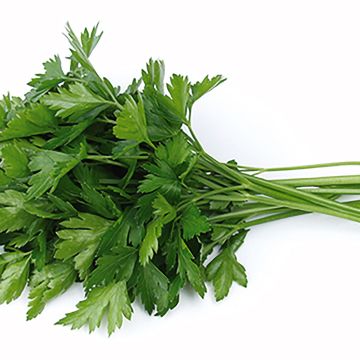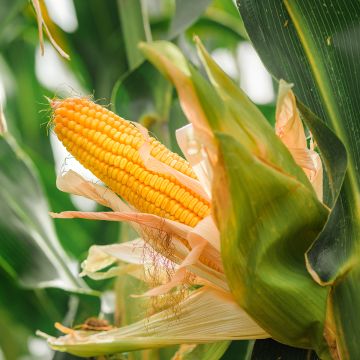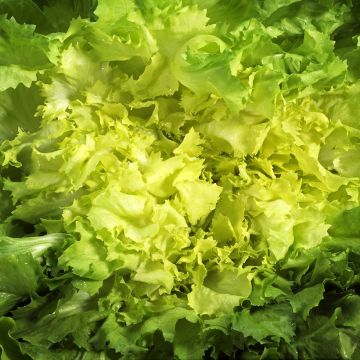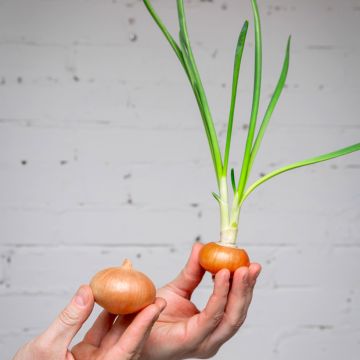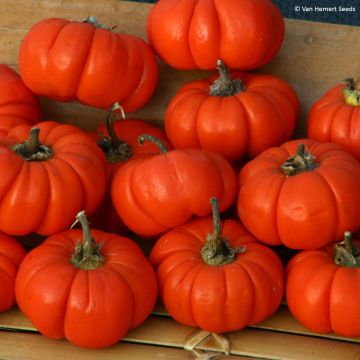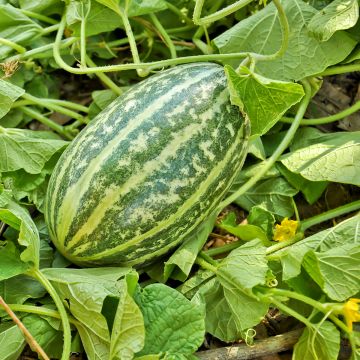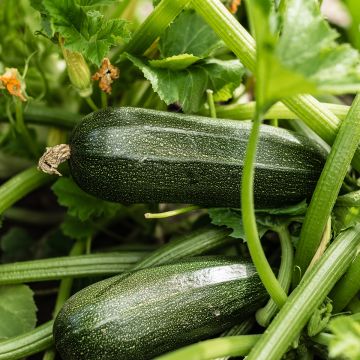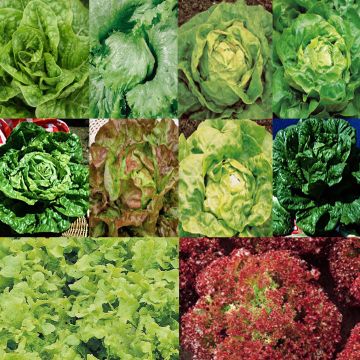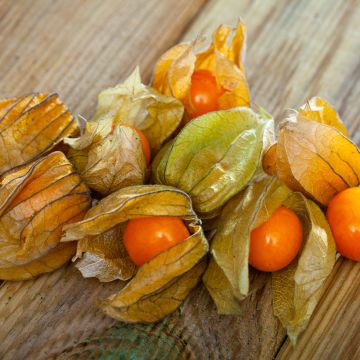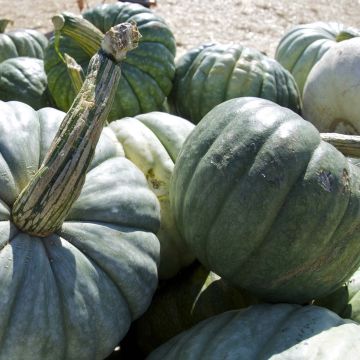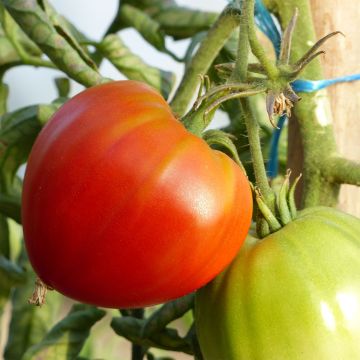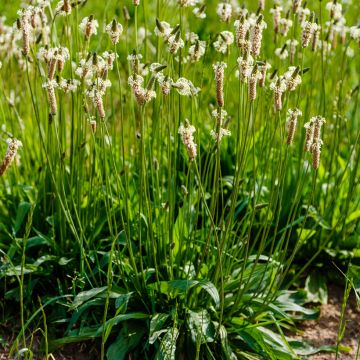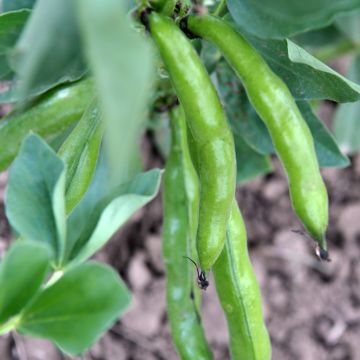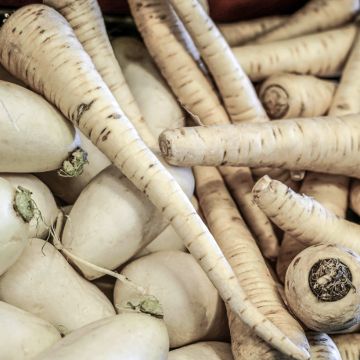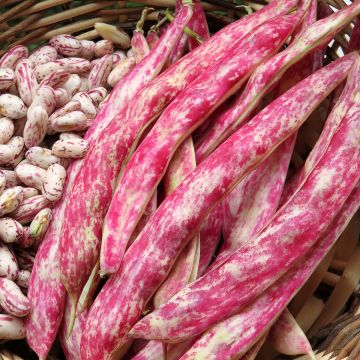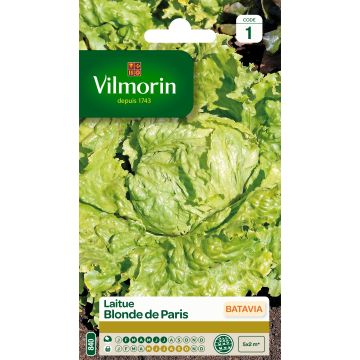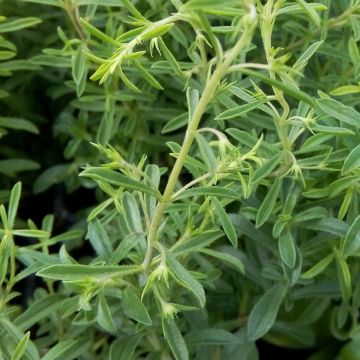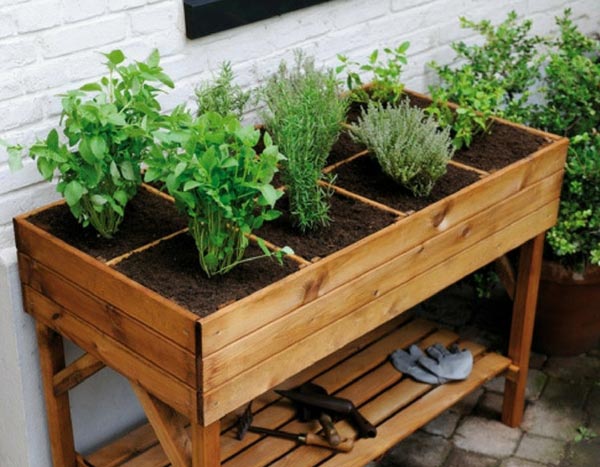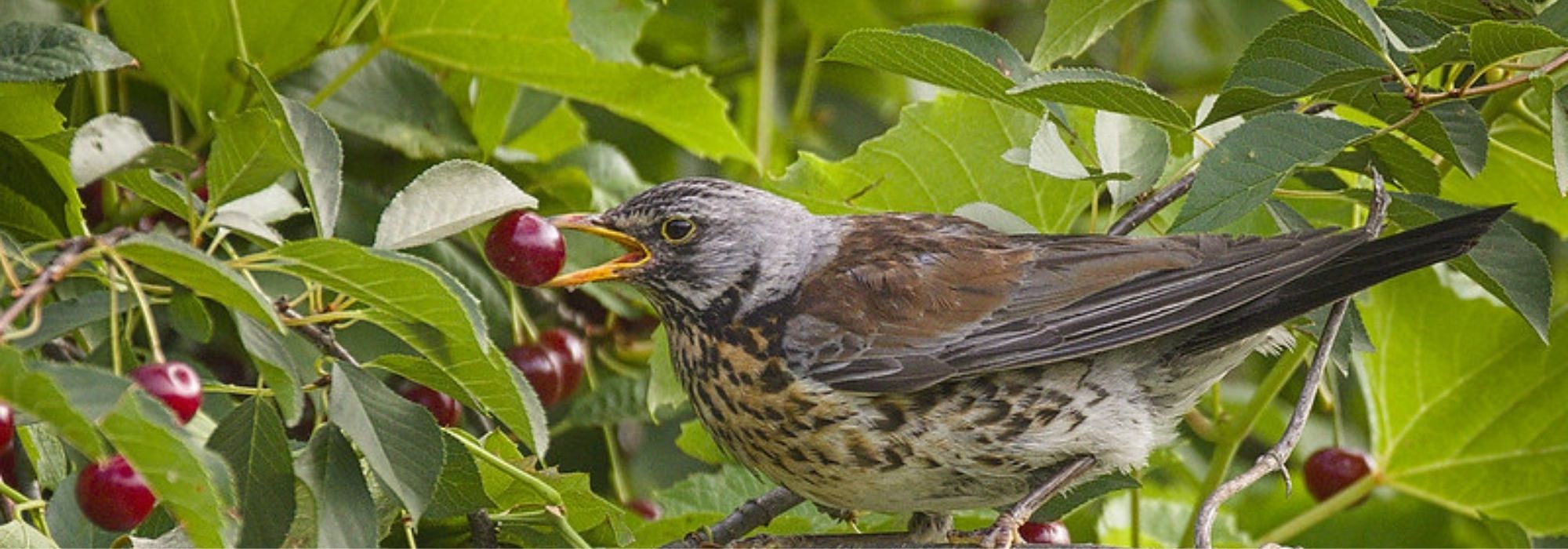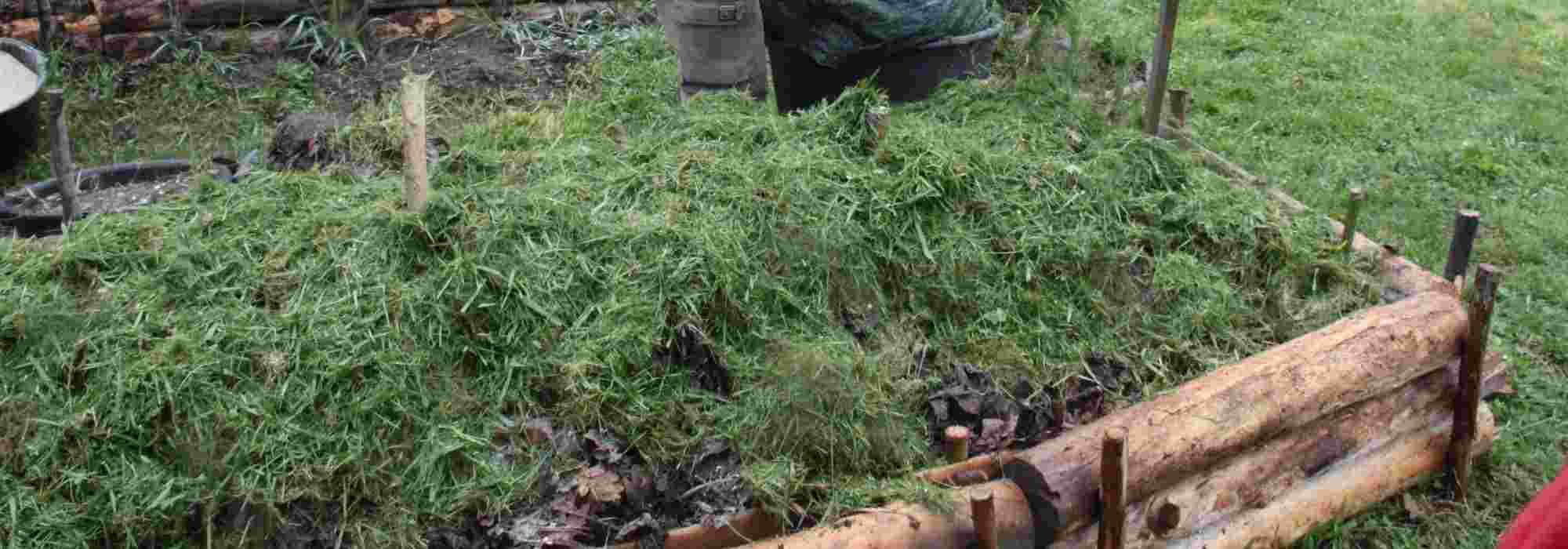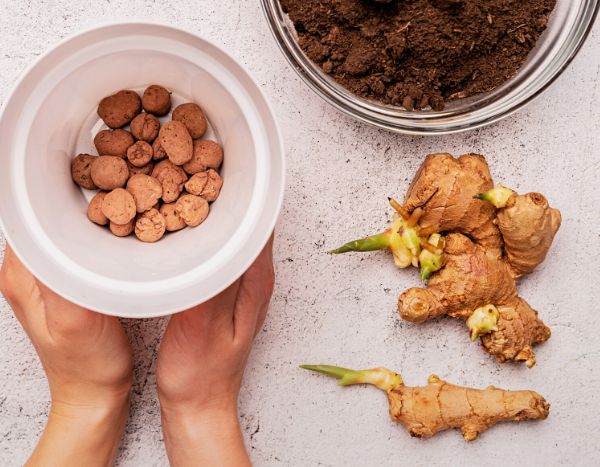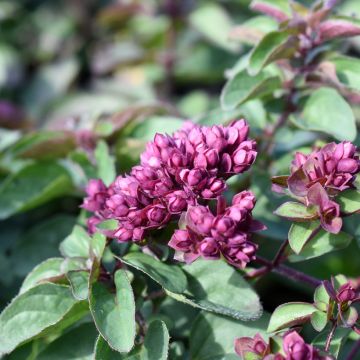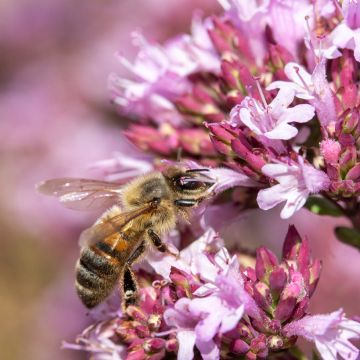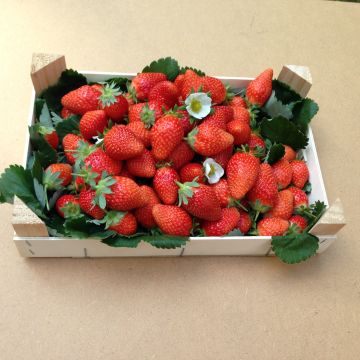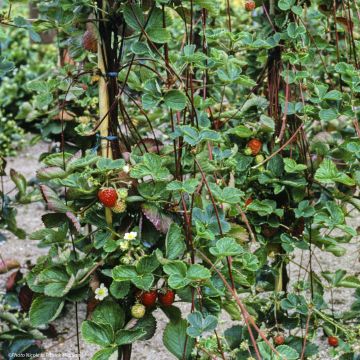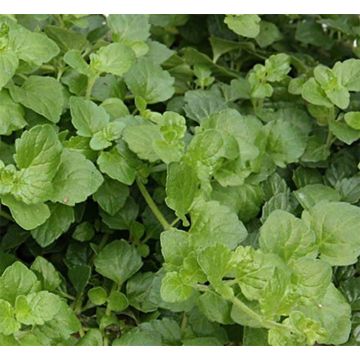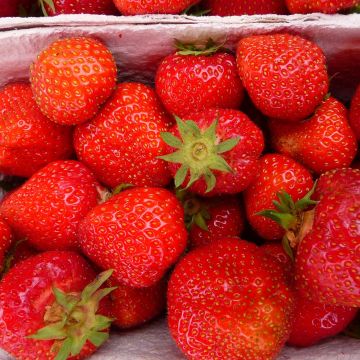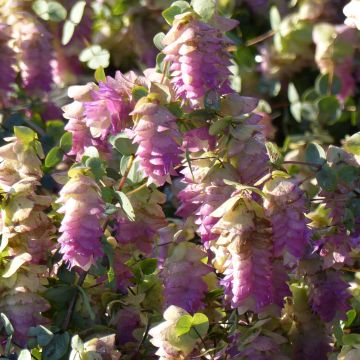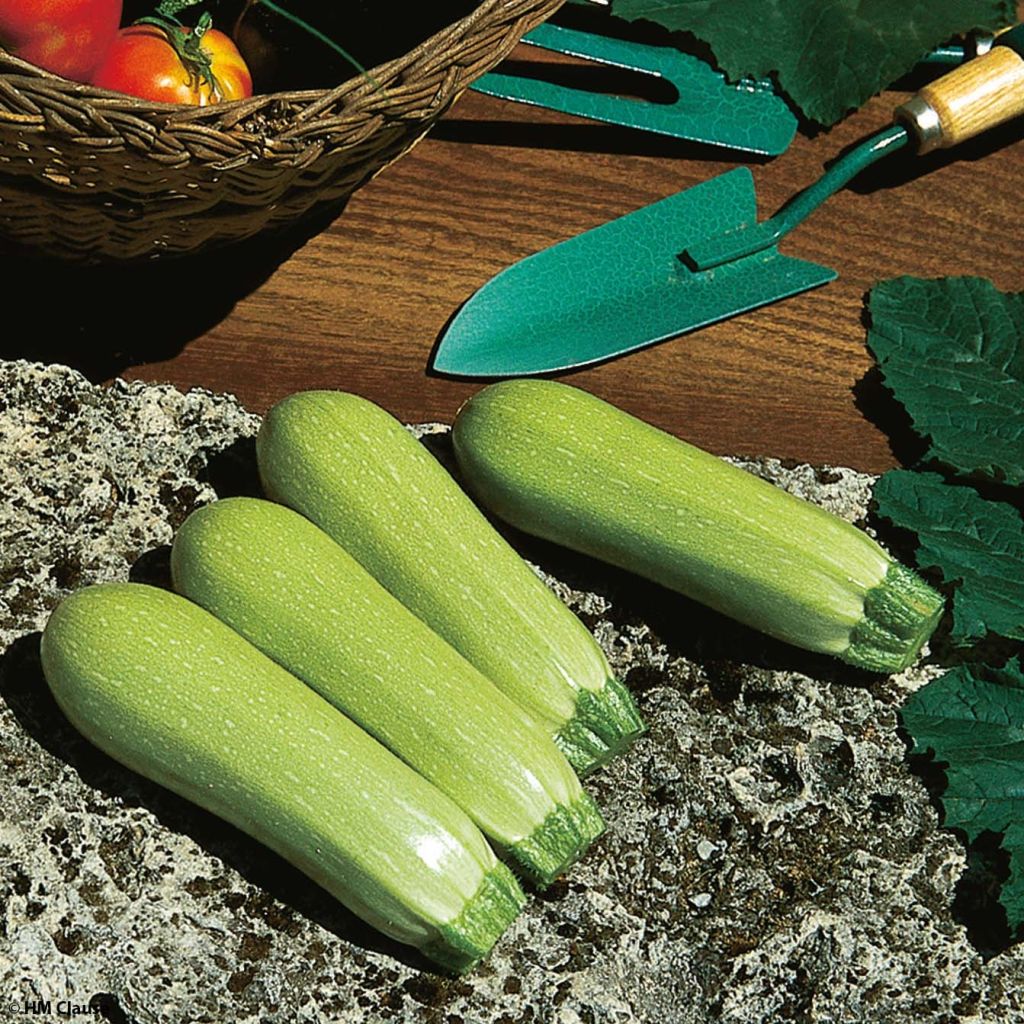

White Zucchini Lorea F1 plants - Cucurbita pepo
White Zucchini Lorea F1 plants - Cucurbita pepo
Cucurbita pepo Lorea F1
Zucchini, Summer Squash
I'm sorry, but the customer review provided seems to be incomplete or unclear. Therefore, I cannot proceed with the translation as it does not contain a coherent text to work with. If you have another customer review or any other text to be translated, please feel free to provide it, and I will be happy to assist with the translation into British English.
jeanlouis, 02/11/2024
Special offer!
Receive a €20 voucher for any order over €90 (excluding delivery costs, credit notes, and plastic-free options)!
1- Add your favorite plants to your cart.
2- Once you have reached €90, confirm your order (you can even choose the delivery date!).
3- As soon as your order is shipped, you will receive an email containing your voucher code, valid for 3 months (90 days).
Your voucher is unique and can only be used once, for any order with a minimum value of €20, excluding delivery costs.
Can be combined with other current offers, non-divisible and non-refundable.
Why not try an alternative variety in stock?
View all →This plant carries a 6 months recovery warranty
More information
We guarantee the quality of our plants for a full growing cycle, and will replace at our expense any plant that fails to recover under normal climatic and planting conditions.

Description
The 'Lorea F1' courgette is a hybrid variety, highly esteemed for the light colour of its fruits, which are pale white to green, cylindrical, slim, with a sweet and sugary flavour. This hardy and semi-late variety is very vigorous and productive, making it a reference courgette on the market. The courgette is an easy-to-grow vegetable plant that allows for abundant harvesting. In cooking, it is often used cooked: sautéed, fried, in gratin, soup or stuffed, and of course, it is part of the ingredients of ratatouille. The courgette can also be consumed raw, grated and mixed with other raw vegetables. The young plants of the white 'Lorea F1' courgette are planted from April to July, after the last frost, for a harvest from July to October.
The Courgette (Cucurbita pepo) is a summer squash belonging to the Cucurbitaceae family, like other squashes (pumpkin, butternut, acorn squash, pattypan etc). All are native to America and were introduced to Europe in the 16th century. Easily hybridising, squashes present a great diversity of colours (orange, green, red, yellow, black, or even blue), sizes, and shapes.
The courgette is an annual plant, with an upright habit, offering beautiful yellow flowers from May to October. It is harvested immature, that is, before its full development. The majority of varieties are non-trailing, but there are, however, a few trailing varieties that will need to be pinched. Courgettes can be round or long, generally green but sometimes yellow or white.
They are fruit vegetables that need regular watering to give their best. They love heat and sun and appreciate sheltered places.
Harvesting: It is carried out from July to October, by cutting the fruits with pruning shears. Pick young and tender courgettes, without letting them grow too big (harvesting on average every 2 days in peak season). Regular harvesting will promote the development of new fruits. You can also pick the male flowers (preferably in the morning) which can be consumed in fritters or stuffed. The male flowers, which will not produce fruit, appear on the slender and long, non-swollen stems.
Storage: Courgettes can be stored for a few days at room temperature or in the bottom of the refrigerator and several months when cut into pieces and frozen.
The gardener's tip: Place a slate or tile under the fruit. It will no longer be in direct contact with the ground, thus avoiding rotting due to moisture.
Harvest
Plant habit
Foliage
Other Vegetable garden A to Z
View all →Planting and care
The Courgette is grown in the sun, in a sheltered place. It is a fairly demanding vegetable that requires well-fertilised soil. It is advisable to make a good application of mature compost (about 3/4 kg per m2) a few months before planting, by raking it to a depth of 5 cm (2in), after having, as for any vegetable crop, thoroughly loosened the soil. The Courgette thrives in moist and light soils.
Planting:
Planting in open ground is done from mid-May to mid-July, when the risk of frost is avoided and the soil is sufficiently warmed. Space the plants 80 cm (32in) apart in all directions. Soak the plants in water for a few moments before planting. Dig a hole 20 cm (8in) in all directions and place fresh organic matter at the bottom. Place the plant, cover with fine soil and firm down. Water thoroughly.
Maintenance:
Hoe and weed at the beginning of the cultivation. We recommend mulching the soil, towards the end of June, with thin successive layers of grass clippings, if possible mixed with dead leaves. This protection, which keeps the soil moist, also reduces weeding. During the season, water regularly and copiously (once a week in summer if there is mulching).
Like all cucurbits, the Courgette can be prone to powdery mildew: a white fuzz appears on the foliage. It is necessary to remove severely affected leaves and, if necessary, spray with wettable sulfur every 2 weeks. In case of minor attack, you can also treat the stems with skimmed milk, diluted to 10 to 20% in rainwater. As a preventive measure, avoid watering the foliage. A decoction of horsetail can also be sprayed to strengthen foliage resistance.
Finally, you can protect young plants from slugs and snails by placing ash or coffee grounds nearby, which will need to be renewed after rain.
Running varieties need to be pinched. When the plant has 4 or 5 leaves, cut the stem above the first two leaves. Then cut the secondary stems again, after the formation of 3 or 4 fruits.
Cultivation
Care
Intended location
Planting & care advice
-
, onOrder confirmed
Reply from on Promesse de fleurs
Similar products
Haven't found what you were looking for?
Hardiness is the lowest winter temperature a plant can endure without suffering serious damage or even dying. However, hardiness is affected by location (a sheltered area, such as a patio), protection (winter cover) and soil type (hardiness is improved by well-drained soil).

Photo Sharing Terms & Conditions
In order to encourage gardeners to interact and share their experiences, Promesse de fleurs offers various media enabling content to be uploaded onto its Site - in particular via the ‘Photo sharing’ module.
The User agrees to refrain from:
- Posting any content that is illegal, prejudicial, insulting, racist, inciteful to hatred, revisionist, contrary to public decency, that infringes on privacy or on the privacy rights of third parties, in particular the publicity rights of persons and goods, intellectual property rights, or the right to privacy.
- Submitting content on behalf of a third party;
- Impersonate the identity of a third party and/or publish any personal information about a third party;
In general, the User undertakes to refrain from any unethical behaviour.
All Content (in particular text, comments, files, images, photos, videos, creative works, etc.), which may be subject to property or intellectual property rights, image or other private rights, shall remain the property of the User, subject to the limited rights granted by the terms of the licence granted by Promesse de fleurs as stated below. Users are at liberty to publish or not to publish such Content on the Site, notably via the ‘Photo Sharing’ facility, and accept that this Content shall be made public and freely accessible, notably on the Internet.
Users further acknowledge, undertake to have ,and guarantee that they hold all necessary rights and permissions to publish such material on the Site, in particular with regard to the legislation in force pertaining to any privacy, property, intellectual property, image, or contractual rights, or rights of any other nature. By publishing such Content on the Site, Users acknowledge accepting full liability as publishers of the Content within the meaning of the law, and grant Promesse de fleurs, free of charge, an inclusive, worldwide licence for the said Content for the entire duration of its publication, including all reproduction, representation, up/downloading, displaying, performing, transmission, and storage rights.
Users also grant permission for their name to be linked to the Content and accept that this link may not always be made available.
By engaging in posting material, Users consent to their Content becoming automatically accessible on the Internet, in particular on other sites and/or blogs and/or web pages of the Promesse de fleurs site, including in particular social pages and the Promesse de fleurs catalogue.
Users may secure the removal of entrusted content free of charge by issuing a simple request via our contact form.
The flowering period indicated on our website applies to countries and regions located in USDA zone 8 (France, the United Kingdom, Ireland, the Netherlands, etc.)
It will vary according to where you live:
- In zones 9 to 10 (Italy, Spain, Greece, etc.), flowering will occur about 2 to 4 weeks earlier.
- In zones 6 to 7 (Germany, Poland, Slovenia, and lower mountainous regions), flowering will be delayed by 2 to 3 weeks.
- In zone 5 (Central Europe, Scandinavia), blooming will be delayed by 3 to 5 weeks.
In temperate climates, pruning of spring-flowering shrubs (forsythia, spireas, etc.) should be done just after flowering.
Pruning of summer-flowering shrubs (Indian Lilac, Perovskia, etc.) can be done in winter or spring.
In cold regions as well as with frost-sensitive plants, avoid pruning too early when severe frosts may still occur.
The planting period indicated on our website applies to countries and regions located in USDA zone 8 (France, United Kingdom, Ireland, Netherlands).
It will vary according to where you live:
- In Mediterranean zones (Marseille, Madrid, Milan, etc.), autumn and winter are the best planting periods.
- In continental zones (Strasbourg, Munich, Vienna, etc.), delay planting by 2 to 3 weeks in spring and bring it forward by 2 to 4 weeks in autumn.
- In mountainous regions (the Alps, Pyrenees, Carpathians, etc.), it is best to plant in late spring (May-June) or late summer (August-September).
The harvesting period indicated on our website applies to countries and regions in USDA zone 8 (France, England, Ireland, the Netherlands).
In colder areas (Scandinavia, Poland, Austria...) fruit and vegetable harvests are likely to be delayed by 3-4 weeks.
In warmer areas (Italy, Spain, Greece, etc.), harvesting will probably take place earlier, depending on weather conditions.
The sowing periods indicated on our website apply to countries and regions within USDA Zone 8 (France, UK, Ireland, Netherlands).
In colder areas (Scandinavia, Poland, Austria...), delay any outdoor sowing by 3-4 weeks, or sow under glass.
In warmer climes (Italy, Spain, Greece, etc.), bring outdoor sowing forward by a few weeks.






























